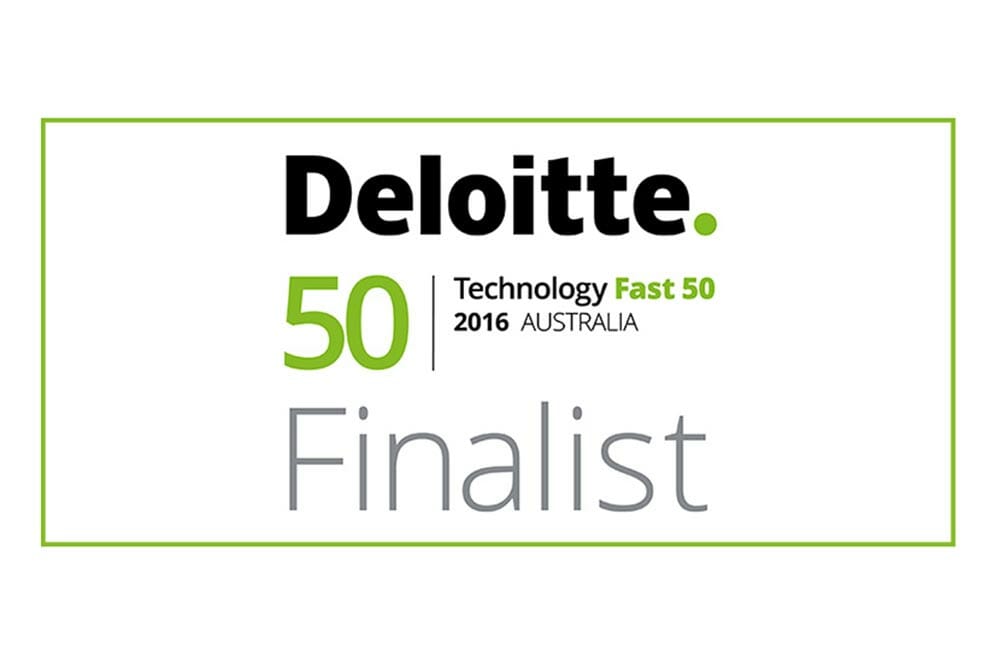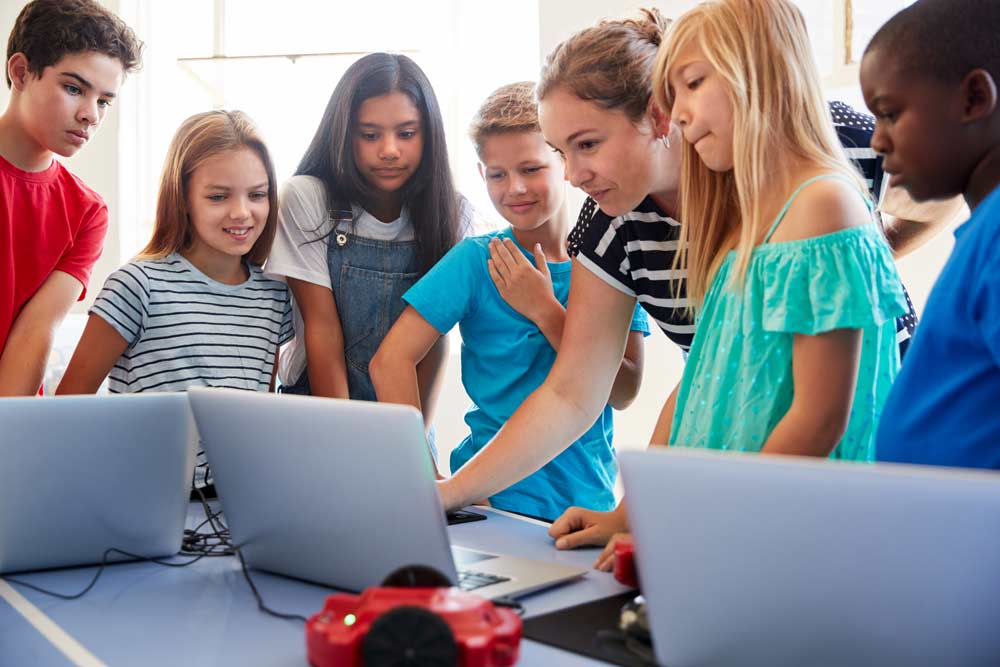Our portfolio of class leading EdTech solutions can help your school today — please contact us to learn more.
An Education Horizons Advisory Board discussion
The pandemic has brought student engagement front and centre.
Alongside well-publicised learning and wellbeing challenges, many schools have reported difficulties keeping students engaged during remote learning and re-engaging them back at school. Acute behavioural issues, school refusal and early leaving are only some aspects of this challenge. ‘Quiet disengagement’ among apparently compliant students – with long-term learning and wellbeing consequences – is a potentially much more significant concern.
Education Horizons’ Advisory Board* recently explored how technology can help meet this challenge through:
- Making student engagement more visible in real-time;
- Capturing and using student voice; and
- Translating insights into action to drive deeper engagement.
Below is a summary of this discussion and some steps Education Horizons is taking to help schools meet their student learning, wellbeing and engagement challenges.

The student re-engagement challenge today
Schools have traditionally approached student engagement at the surface level, settling for compliant students who appear to pay attention. While many systems gather explicit ‘attitudes to school’ data to paint a more nuanced picture, it is rarely available at the individual student, teacher or classroom level – and rarely in a timely way.
Similarly, student voices are often only captured through token student leadership roles and ad hoc surveys, with minimal impact on school experiences. This is significant because student voice makes student engagement more visible and is a formative tool helping build each student’s sense of ownership of their learning, wellbeing and development.
This cycle is reflected in John Hattie’s work on visible learning, which suggests that at any time, students should be able to answer three basic questions:
- Where am I going with my learning?
- How am I going with my learning?
- What do I need to do next?
Many schools reflect this insight through the use of:
- Learning intentions (Where)
- Success criteria (How) and
- Feedback (What’s next).
In reality, however, the classroom is often where students feel least empowered. Where learning intentions and success criteria are developed in a boring way and feel unengaging, students are less likely to feel ownership of their learning. Inconsistent and ineffective teacher feedback further hampers students’ understanding of ‘what’s next’ and their ownership of the learning journey.
Meeting the student engagement challenge
While Hattie’s model was developed with a learning focus, student engagement and ownership principles apply just as easily to other areas of the student experience. Students answering the same questions about their health and wellbeing, social connections, life goals and even their level of engagement with school can all foster the same sense of ownership and engagement in these areas.
The question for schools is how to incorporate an explicit focus on student engagement and voice into the everyday culture of a school.
Fortunately, the processes and structures for measuring and growing student engagement and for incorporating student voice are all known and teachable – alongside some foundation elements that every school needs before moving down this path:
- The Will: School leadership has to be committed – driving student engagement and student voice must be purposeful and intentional;
- The Skills: Helping educators gather and welcome engagement data, including student voice – then translating this information into action – requires both data analysis and change management capabilities familiar to many schools; and
- The Tools: The right EdTech makes it easier to capture, connect and surface engagement data and student voices within the operational rhythms of the school, breaking down traditional barriers to implementation.
Practice in many schools reveals that a direct engagement and voice model must allow for various small initial steps before moving to further stages along the path. Once these small initial steps are taken, schools generally find early benefits and growing support among staff and students to expand direct engagement and voice.

The role of EdTech
EdTech is the ‘great enabler’ for capturing information about student engagement – including student voice – and for helping educators understand their impact on students.
To perform this role, EdTech must help tell a story of each student’s learning, wellbeing and engagement in a form that teachers can translate into action.
There are three key areas where EdTech can support this work:
- Data capture: Detailed surveys and ongoing student feedback are critical to understanding how engaged students are in real-time and over time. These tools are also formative in developing engagement and ownership. Tech-enabled exit tickets, traffic-light systems and student self-assessments are good tools for opening lines of communication between otherwise silent students and educators;
- Data access: How teachers access learning, wellbeing, and engagement data is critical to translating into action in real-time – in turn signalling to students that their voices are heard. Easy access dashboards and tracking tools can help connect and surface data at the individual, class, group and school level, within the operational rhythms of each school; and
- Data analytics: Effective data analytics help tell a story about students – taking well-designed feedback loops and identifying critical patterns and signals to prompt targeted interventions at the individual and group levels.
Read more about how to choose the right EdTech strategy here.
Conclusions and next steps
The Education Horizons’ Advisory Board discussion makes it clear that:
- The pandemic has emphasised the need for schools to move beyond tokenistic approaches to engaging students and capturing student voice;
- The elements required for this transition are all known, teachable and highly effective when leaders are purposeful and intentional – and have access to the right skills and tools;
- The right student engagement and voice models work within the operational rhythm of a school – allowing small initial steps with further stages schools can move through; and
- Effective EdTech is the great enabler for understanding and driving student engagement and incorporating powerful student voices in every school.
Drawing on these discussions, Education Horizons commenced a research project to identify:
- Data required to understand student engagement at the individual, class and group levels;
- Tools that schools need to capture, access and analyse this data within their operational rhythm; and
- The ability of SEQTA’s Visible Learning and Wellbeing platform to capture, connect and surface this data – including areas requiring further development.
Education Horizon’s SEQTA Student Engagement and Voice project
Education Horizons’ student engagement and voice project is proceeding at pace, including:
- Development of a new Student Engagement Dashboard within SEQTA Analyse;
- Development of a new Teacher Engagement Dashboard (following feedback from schools);
- Development of a new Personal Development Tracker within the SEQTA Marksbook drawing on teacher observation and student voice to track key areas of student engagement including Attitudes to School, Attitudes to Class Work; Relationships (Peer and Staff); Time Management and Organisation; and
- Exploration of enhanced Student Voice Tools including Low frequency surveys (Teaching, Wellbeing, Mental Health), Real-time class insights (Traffic lights / Exit tickets); and high-frequency wellbeing questions (Mood / Sleep)
If you would like to learn more about how Education Horizons and SEQTA are supporting schools to support student engagement and powerful student voices, please get in touch with us.
Education Horizons Advisory Board members
Chris Wardlaw, Chair VCAA, Deputy Chair AITSL
Allan Douggan, CEO Australian Mathematics Teachers Association
Dr Amelia Scholes, Chair College of Clinical Neuropsychology
David Ensor, CEO International Needs Australia
Mark Cameron, CEO W3. Digital
Special guest:
Wayne Craig, Former Victorian Regional Director, Former Principal Box Hill Senior Secondary




